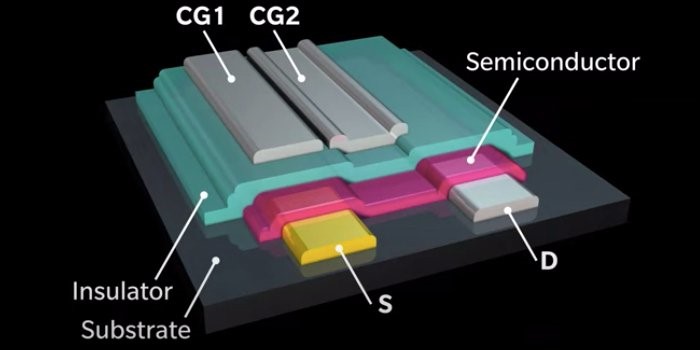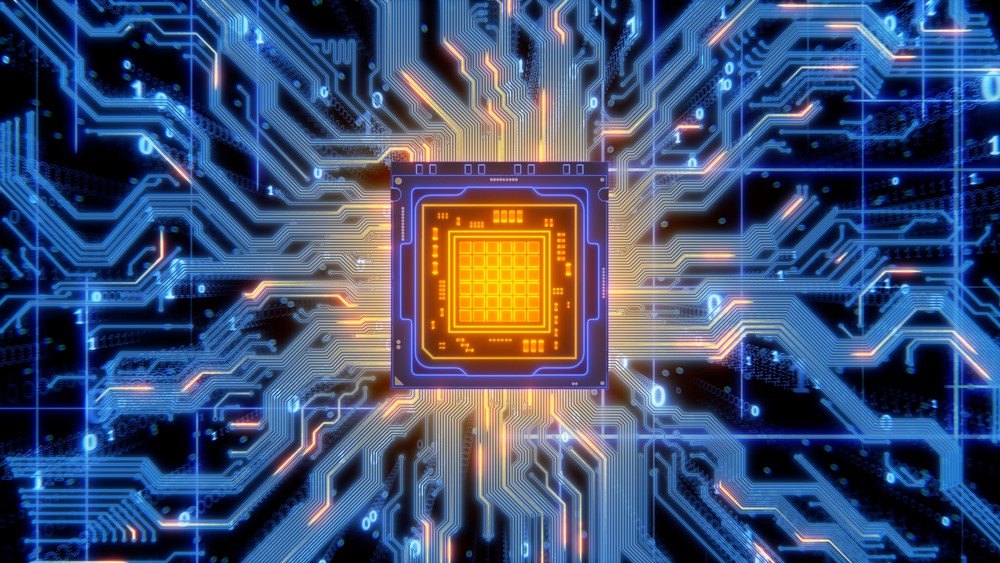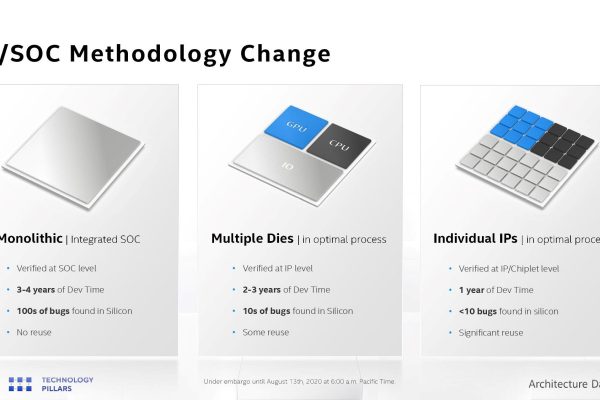5G-driven demand coming for Active & Passive Components
As the international rollout of 5G picks up pace, active and passive component demand is increasing at a rate of knots.
The buildout of 5G infrastructure requires significant investment in active and passive components for a wide range of different devices.
Examples include active antennas with integrated RF radio designs, small cell power base stations, C-RAN architecture and semiconductors.
One of the challenges faced with the 5G rollout this year has been COVID-19, which had immediate effects on global supply in demand. Some of the side effects included increased costs, a slowdown in logistics, and a squeeze on demand.
While these challenges were significant in early 2020 and are likely to remain for some time, the macroeconomics are unlikely to persist in their worst form.
Right now, the manufacturing sector in most countries is bouncing back fast and many manufacturers are having their best ever quarter.
A good example is Taiwan Semiconductor, who are the largest semiconductor foundry in the world. Then you have smaller but vital players like MaxLinear, who make wireless, PON, DSL, and terrestrial products for high-speed internet.
How 5G is driving demand for active and passive components
You can think of 5G as a tide that is going to raise all ships, and active and passive components manufacturers are the ships that will benefit from it most because they will make the components that build out the 5G infrastructure.
It’s easy to see why this is the case with a short list of active and passive components. Let’s start with examples of passive components first:
- Resistors
- Inductors
- Capacitors
- Transformers
Now let’s list a few active components:
- Generators
- Transistors
- Diodes
- Inductors / coils
Now let’s look at a few of the components that will build out 5G:
- Semiconductors
- Antennas
- Radio towers
- RF receivers
- Fibreoptic cable
Looking at these lists, it’s easy to see why 5G is driving such strong demand for active and passive components.
Can the components sector keep pace?
There are so many different manufacturers of electronic components that it is unlikely that the rollout of 5G will trouble the manufacturing sector.
However, local supply problems may exist for some enterprises. For example, a supplier of radio frequency devices in China may have to temporary shut production at a factory due to a fire or a health hazard. This would affect supply.
The best way for those involved in the rollout of 5G to safeguard their supply of active and passive components is to use an electronic component distributor. Electronic component distributor specialise in the procurement and delivery of electronic components and parts, so they can ensure you always have what you need.
A faster, more connected future awaits
5G will revolutionise our use of the internet in more ways than one, but the buildout is going to take time. Demand for active and passive components is at an all-time high, and competition is increasing for the best components. Having a component distributor on your side is a good way to ensure you can meet the challenge.
Click Here to use our fast component search and enquire with us today!






